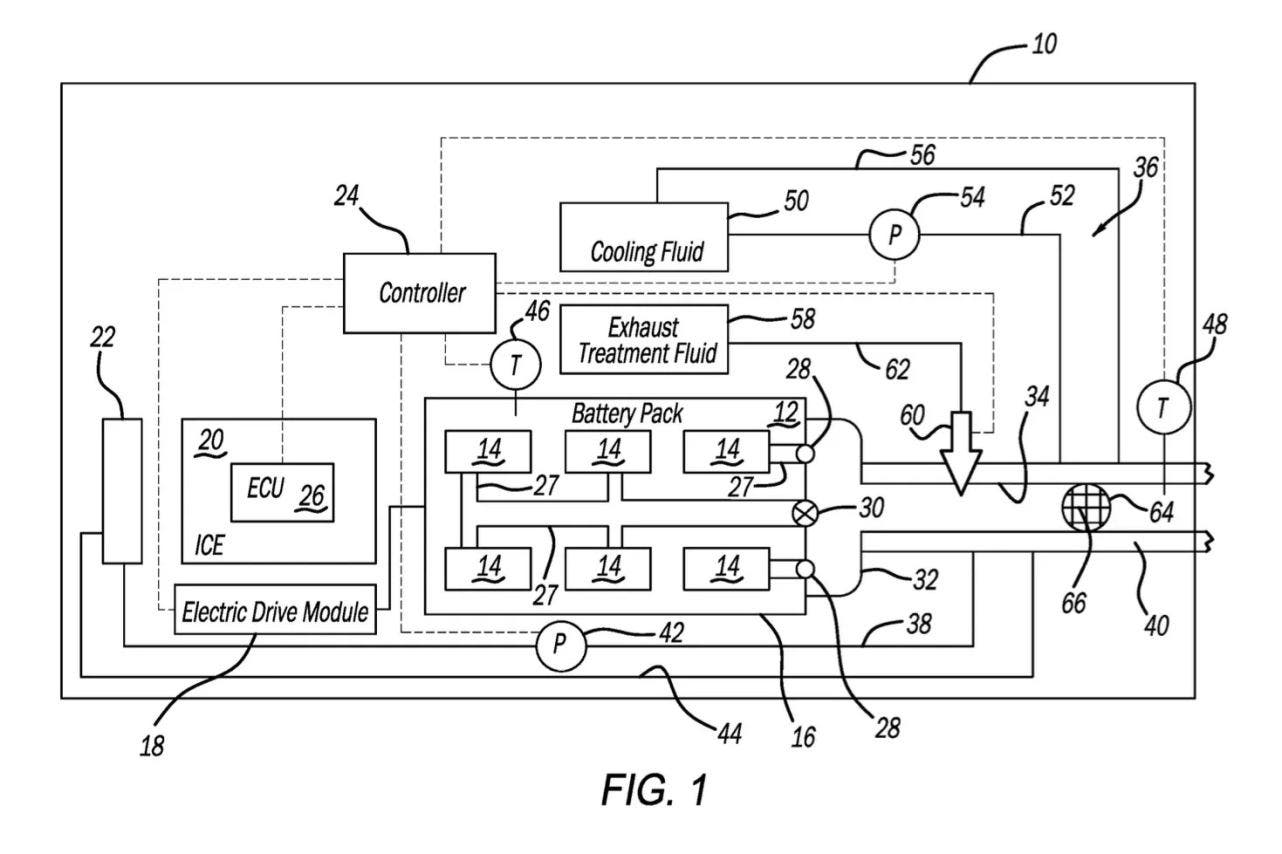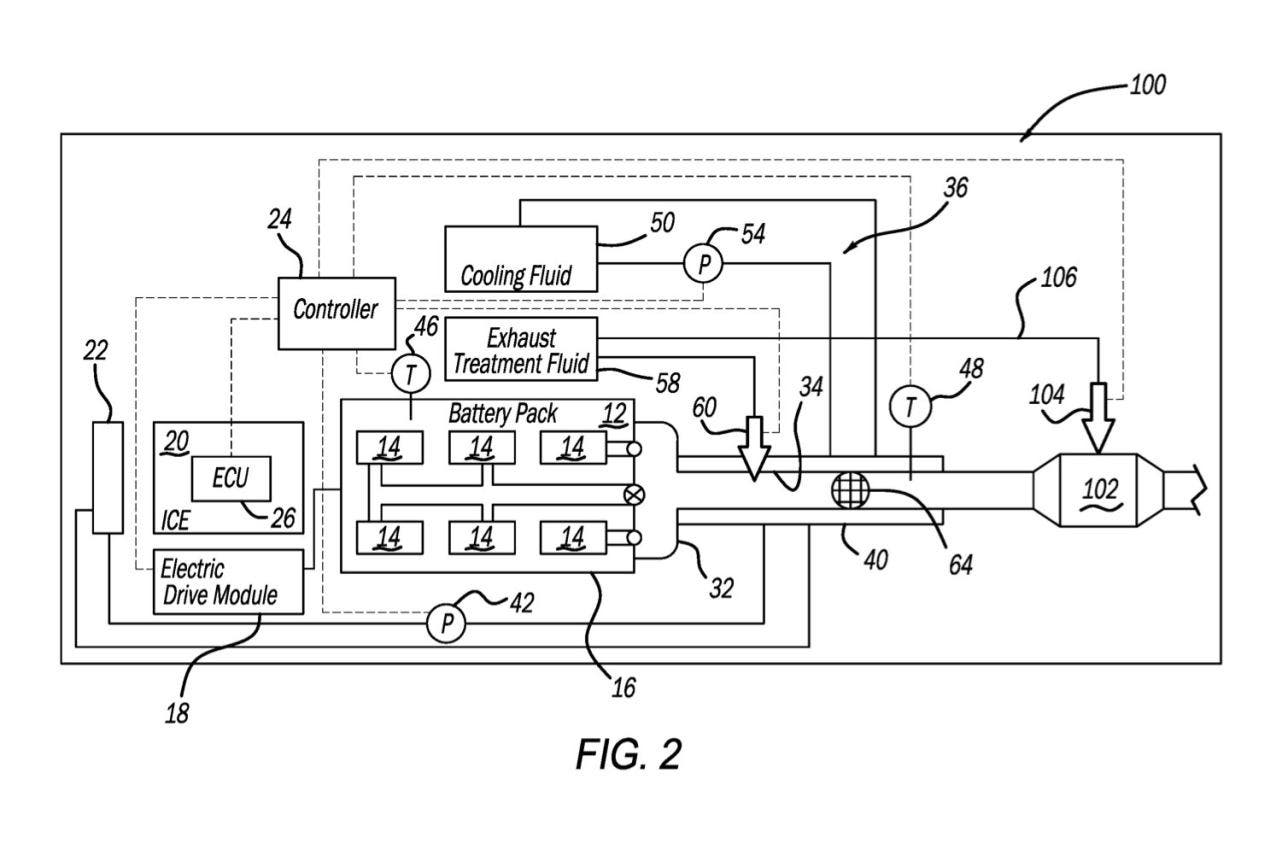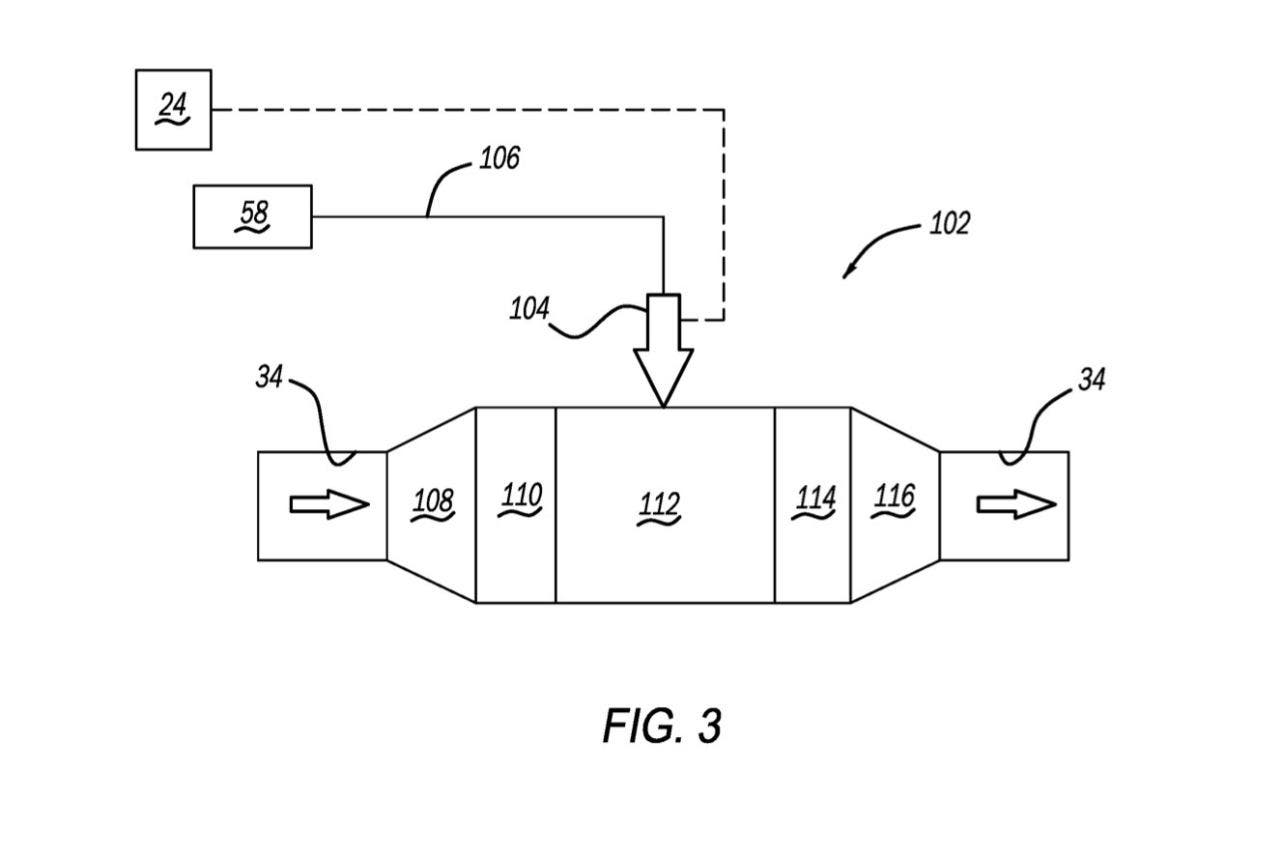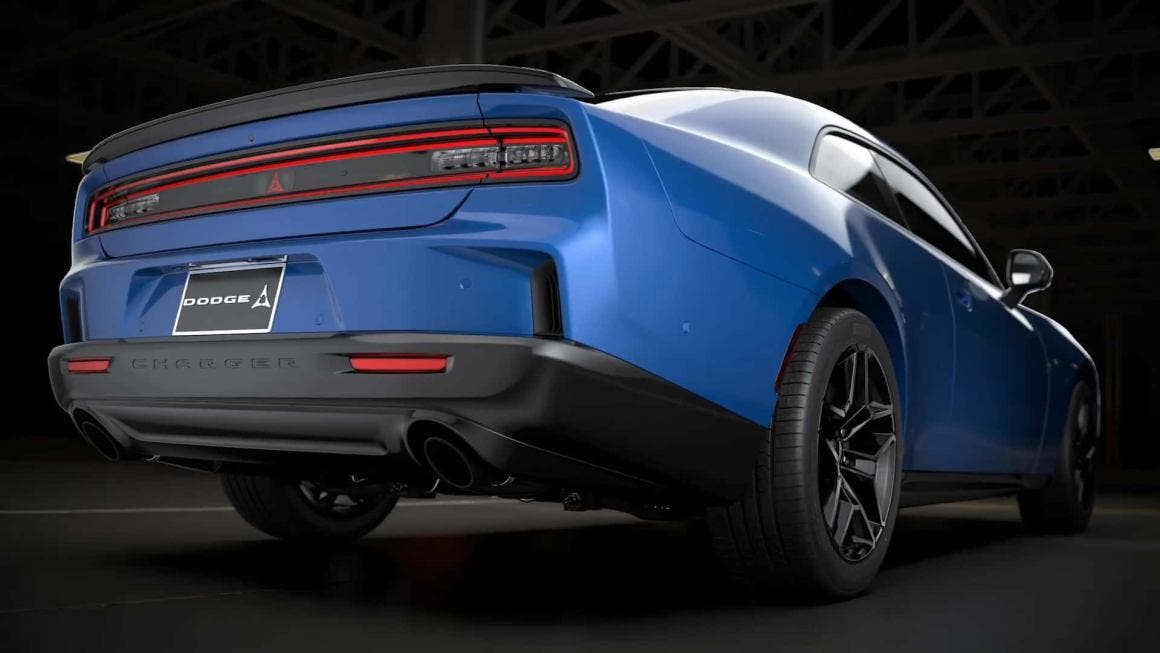It appears that Stellantis might soon launch an innovative technology for electric vehicles. The automotive Group recently filed a patent with the United States Patent and Trademark Office (USPTO) on January 16, 2025. This concerns an exhaust system for electric cars with a very different function from the traditional one. The goal is not to emulate the sound of combustion vehicles, as many manufacturers are doing, but to prevent battery fires.
Stellantis files a patent for an innovative exhaust system designed for electric cars

The system, as explained in the document filed by the company, is designed to manage flammable gases that can be released from an overheated battery. These gases, which include hydrogen and various hydrocarbons such as methane, ethylene, acetylene, propane, and butane, would be channeled through an exhaust pipe that functions as a battery vent.
The device operates similarly to catalytic converters in traditional vehicles: the gases pass through different treatment zones that process them chemically, reducing or eliminating dangerous substances from the flow.

Although modern batteries are generally airtight, sealed, and designed to be safe, fires in electric vehicles remain an important issue. When they occur, these fires are particularly difficult to extinguish, as demonstrated by some recent cases. Firefighters are often forced to use thousands of liters of water to control the flames.

Stellantis isn’t the first to seek solutions for this problem. In 2019, Bosch proposed a pyrotechnic system to isolate the battery pack from the rest of the vehicle in case of overheating. It remains to be seen whether this new Stellantis technology will materialize in the coming years or remain just a project on paper.
